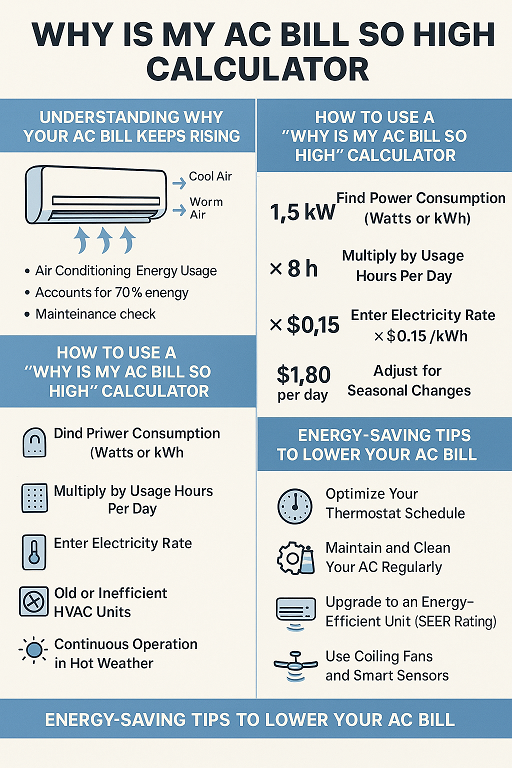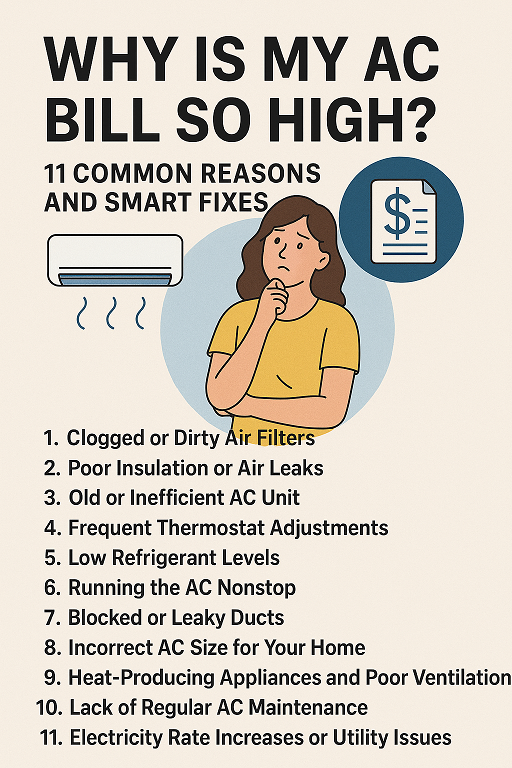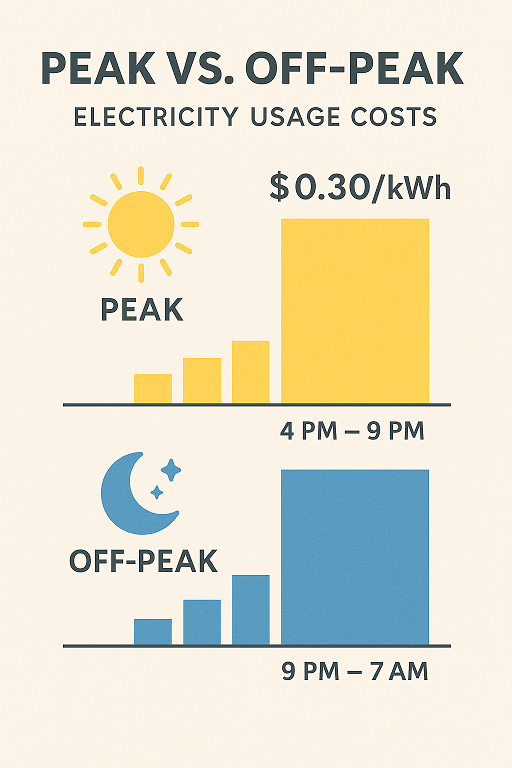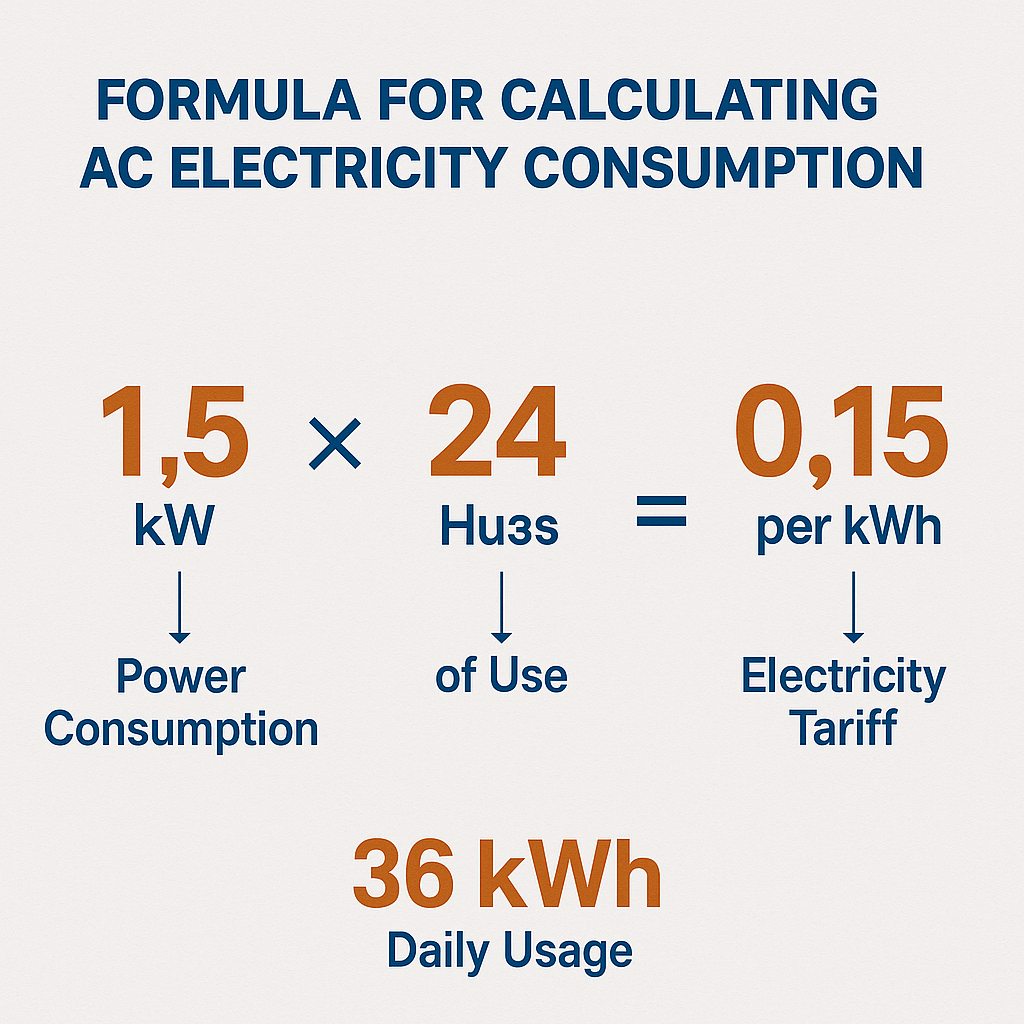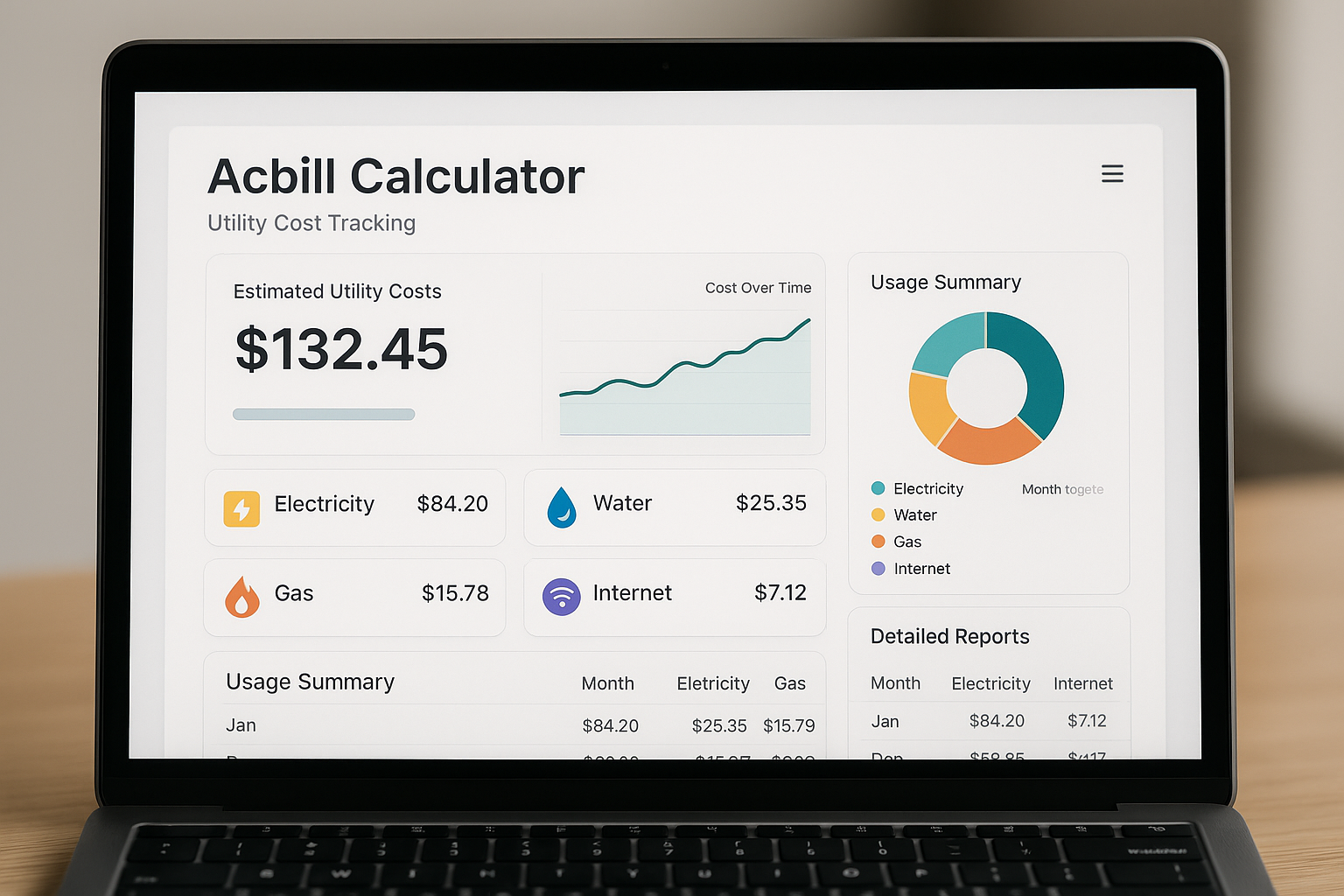
AC Running Cost Per Hour: Quick Reference Table
AC Running Cost Per Hour: Quick Reference Table
Understanding AC Running Cost Per Hour
Air conditioning has also become a necessity in contemporary living during the hot season. However, the electricity bill can be very high due to the continuous use of AC system. There can also be the benefit of being aware of the cost of running AC per hour, which will enable you to plan your budget and make decisions regarding energy conservation.
Running costs depend on a variety of factors, such as the cooling capacity expressed in BTUs (British Thermal Units), the cost of electricity in the area you live in, and when you run the AC (peak or off-peak hours). This article breaks down these considerations and has a quick reference table to help you calculate your AC's cost per hour.
Factors Influencing AC Running Cost
BTU Rating and Its Impact on Energy Consumption
The BTU rating determines how much heat an AC can dissipate in a room in an hour. The higher the BTU, the more energy the AC uses. For example, a 5000 BTU capacity is designed to cover a small room and uses less energy than an advertised 5000 BTU capacity AC.
Regional Electricity Tariff Averages
Electricity prices largely depend on geographic location. There are some areas where rates are higher due to infrastructure, and some areas have subsidized or low electricity charges. It is important to know your local rates (cents or dollars per kilowatt hour) to accurately estimate costs.
Time of Use: Off-Peak vs Peak Billing
Another common scenario is that many electricity suppliers use off-peak tariff schemes at lower prices. To significantly reduce your electricity bill, try running your AC during non-peak hours. Premium rates are usually associated with peak hours when demand is higher.
How to Calculate AC Running Cost Per Hour
Using an AC Cost Per Hour Calculator
The online calculator makes the job much easier as all you need to do is enter BTU, power, tariff and hours of use. They provide instant estimates to keep your costs under control.
Manual Calculation Method
If you prefer manual math, use this formula:
Cost per hour=1000/(BTU×Power Factor)×Electricity Tariff
In cases where the power factor is a conversion factor (typically 0.293) changing BTU/hr to kW.
AC Running Cost for Different BTU Ratings
To give you an idea of what a power average and price would be in that area here is a breakdown by range of BTUs:
- 5000-10000 BTU: small room - low power consumption units.
- 12000- 18000 BTU: moderate rooms, average energy usage.
- 24000-50000 BTU: High consumption, fairly large room or business use.
Quick Reference Table: AC Running Cost Per Hour
BTU Range | Approx. Power (kW) | Avg. Tariff (USD/kWh) | Cost per Hour (USD) (Example)
5000 - 10000 | 0.5 - 1.0 | | 0.12 | | 0.06 - 0.12
12000 - 18000 | 1.2 - 1.5 | | 0.12 | | 0.14 - 0.18
24000 - 50000 | 2.0 - 3.5 | | 0.12 | | 0.24 - 0.42
Tips to Reduce AC Running Cost
- Adjust Temperature: A moderate temperature setting of AC can save up a lot of energy.
- Maintenance and Energy Efficiency: Filters that are clean and units that are serviced are more efficient.
- Provision of Off-Peak Tariffs: A shift to the period when these services have lower rates is always a good idea.
FAQs About AC Running Cost Per Hour
Q1: What has the biggest impact on the running cost of my AC?
A1: BTU rating and the local tariff of electricity are leading factors.
Q2: Does using off-peak hours really save anybody money?
A2: Yes, because tariffs can oftentimes be 20-50 percent cheaper in off-peak periods.
Q3:Does a higher BTU necessarily cost more money?
A3:Higher ones, as a rule, as large units consume more power, but efficacy ratings are essential, as well.
Q4:What are the accuracies of AC cost per hour calculators?
A4:They provide reasonable estimates although the real costs need to be based on utilization patterns and maintenance.
Q5:What is average electricity tariff?
A5:It depends on the region but commonly may be between $ 0.10 and 0.20 a kWh.
Q6:Is there an impact of humidity on AC running-cost?
A6:Sure, an increase in the level of humidity means AC has to work more, and it consumes more energy.
Conclusion: Making Informed Choices on AC Usage
Having information about the cost of running an AC per hour helps you make smart decisions about your cooling needs. By paying attention to BTU ratings, local rates, and using energy-intensive devices during off-peak hours, you can stay comfortable and avoid accidents.
